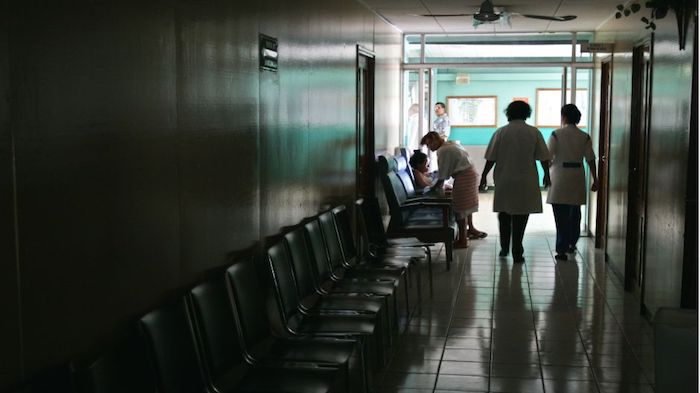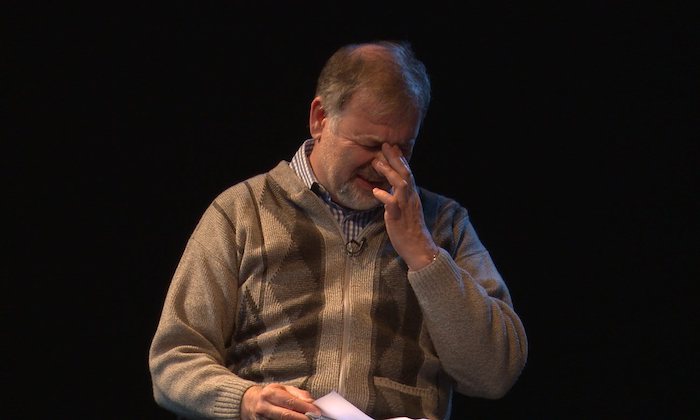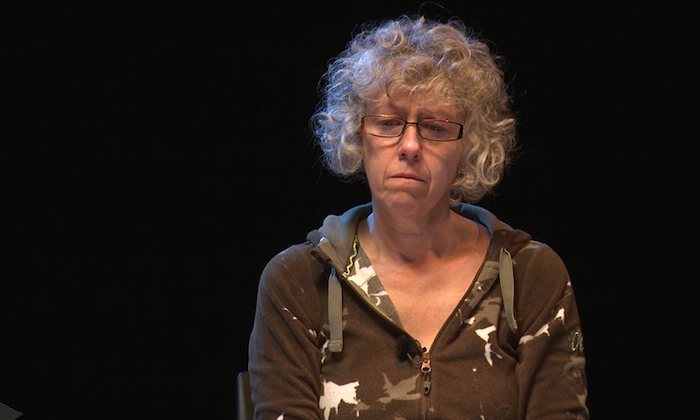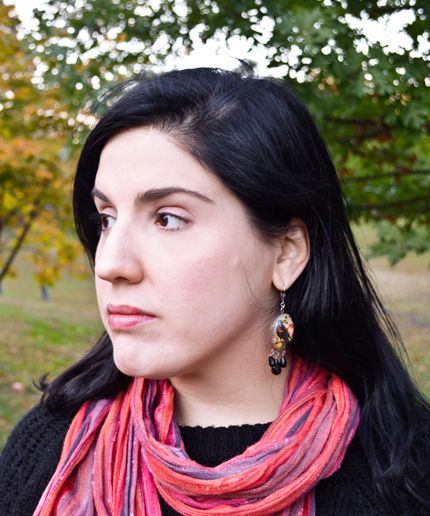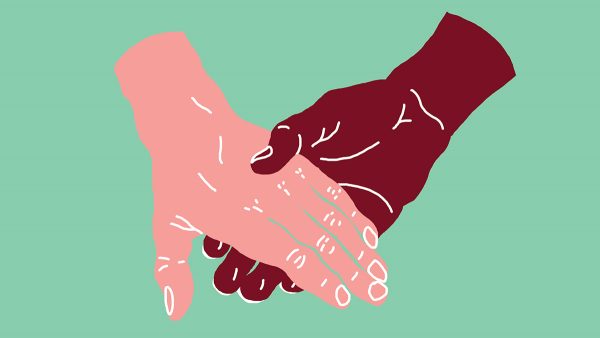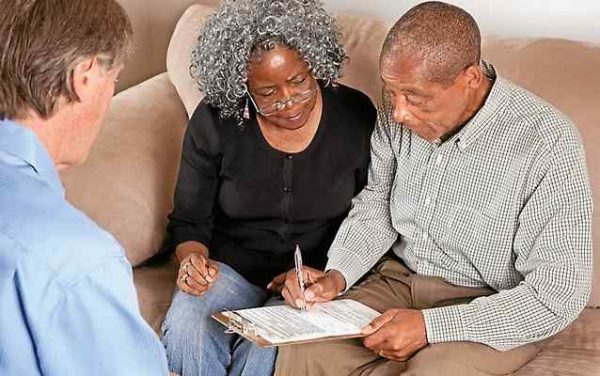“Did you know that your patient in 1152 just passed away?”
[E]veryone at the nursing station turned silent and looked at the nurse who had delivered the news. I looked at her in disbelief, my brain struggling through a fog of confusion and surprise. I squinted at my patient list trying to remember who was the patient in 1152. Recognition finally hit and I remembered the little old lady that we saw during rounds two hours ago. I remembered gazing at her frail, tiny body and her pale, listless face and how we tried to communicate with her to no avail. We knew she had a Do Not Resuscitate (DNR) status and we knew she was really sick, but we had no idea it would happen so quickly!
Since there was no response from either me or the intern that I was following, she mumbled a hasty, “I’ll go call the family,” and left. I looked at my intern for guidance and I saw that he was staring at the floor, hands resting on top of his knees. It was a surprise for me to see him like this, far removed from his usual confident manner. Death had completely floored us both.
Doctors and other medical professionals have a more frequent and intense contact with death and dying compared to the rest of society creating a need for end-of-life care in medical curricula. However, multiple studies on medical students’ reaction to death show that most medical students feel inadequately prepared by their undergraduate medical curricula for experiences related to end-of-life situations. Death is introduced early in our medical training inside the gross anatomy lab. The absence of any identifying features made those hours spent in anatomy lab easier. Death takes its toll and what is left is an empty husk where a person used to exist. After anatomy lab however, there is very little exposure to the idea of death and dying. A survey of medical students from Duke University showed that the average medical student had experienced fewer than five patient deaths prior to graduation. In addition, few students experienced how to declare a patient dead and none received any formal training on this end-of-life skill.
I, on the other hand was not destined to be part of that statistic. After what seemed like an eternity, my intern rose up from his seat and dashed to another part of the hospital to seek out his senior. After discussing the turn of events and the necessary course of action, our little group convened in front of the door of the patient’s room where I received my first education on the procedure of declaring a patient death.
I lingered close to the door with a bit of trepidation. She was laying in the same position that I had last seen her two hours ago — face to the window, eyes closed. Her mouth was slightly open and for a moment, I merely thought that she was asleep.
“First, we need to check for reflexes. In here, we use two: the corneal reflex and the gag reflex.”
I watched in silence as both the resident and the intern performed these tests — all without a response. I watched as they both tried to feel a pulse. I watched with bated breath against all hope that there was still life ebbing underneath those veins. I let it out, deflated when both of them shook their head no.
As soon as we walked out of the room, I overheard my intern echo the exact same thought in my head. “Do you think we did anything wrong?” A hundred what-ifs welled up inside me. Was there truly anything we could have done to prevent this death? Modern medicine views death as something that can be resisted, if not avoided. This view of death is further compounded upon by modern society’s view of death which delegates all responsibility to physicians. While it is widely accepted that death is inevitable, it is the physician’s task to ensure that the patient is as far removed from death as possible. As Rudyard Kipling in his address to the medical school of Middlesex Hospital stated, “Death as the senior practitioner, is always bound to win in the long run, but we patients, console ourselves with the idea that it will be your business to make the best terms you can with Death on our behalf; to see how his attacks can best be delayed or diverted.” Little wonder that throughout medical education, death is continually seen as a failure.
Although medical schools are now integrating end-of-life care in its curricula, medical education should also engage students in a frank discussion of death and dying. Only by facing death head-on do we dissipate its power over us. The fear of the unknown has always been part of death’s icy grip over us but what if we learned to “disarm him of his novelty and strangeness, to converse and be familiar with him” as Michel de Montaigne recommended many centuries ago when death was commonplace and lifespans were short. Had I chosen to avoid that room, I would have missed out on one of the most important lessons in my medical education.
Each one of us has ideas surrounding death. I have always imagined death to be more dramatic than what I had experienced. In my mind, I keep seeing an entire healthcare team running back and forth — all working together to snatch the patient away from the jaws of death. However, my patient simply slipped away quietly, almost underhandedly. The way that she passed away seemed natural — as if she were merely falling into an eternal sleep. Gone was the drama, the action, the struggle for life. In its place was peace and acceptance of the inevitable.
This in turn gave me reason to think that perhaps, death is not a failure of medicine but rather a crucial part of being alive. Oftentimes, the best lesson in learning how to live is learning how to die as we see in the works produced by the likes of Oliver Sacks and more recently, Paul Kalanathi. As surgeon and Yale professor Sherwin Nuland wrote, “We die, in turn so that others may live. The tragedy of a single individual becomes, in the balance of natural things, the triumph of ongoing life.”
Complete Article HERE!



